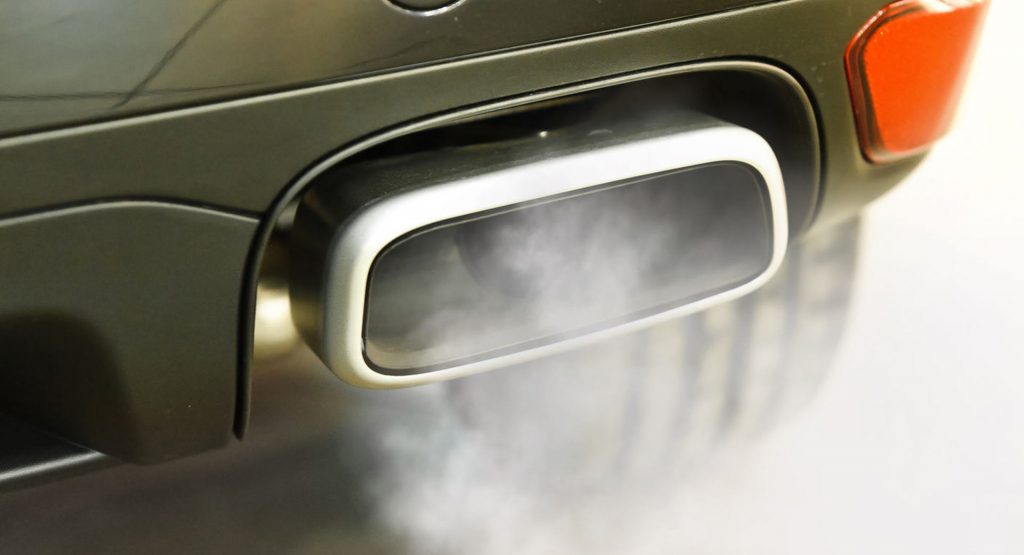In light of the electrification push by automakers and the restrictions that will be imposed by certain countries like the UK, the future of the internal combustion engine was already in doubt. Now, however, there are fears that Euro 7 emissions legislation could kill it off as early as 2026.
Euro 7 laws will come into force in 2025 and the proposals from the European Commission’s Consortium for Ultra Low Vehicle Emissions (Clove) of engineering consultants could spell the end of engines as we know them, including those in hybrid vehicles, says the European Automobile Manufacturers Association (ACEA).
“The ACEA believes that the emission limit scenarios presented by Clove, coupled with the suggested new testing conditions, would in practice result in a situation very similar to a ban of vehicles powered by an internal combustion engine, including hybrid electric vehicles,” the automakers association says.
Read Also: Bosch Launches Scathing Attack On EU Lawmakers, Will Invest In ICE For Another 20+ Years
The Euro 7 proposal could force petrol ICE vehicles to be fitted with a heated electric catalyst, two 1.0-liter conventional three-way catalysts, a 2.0-liter particulate filter, and an ammonia slip catalyst. What’s more, it has also been proposed that ICE vehicles could be fitted with an on-board diagnostics system that would monitor the engine to ensure it remains in compliance with emissions regulations for 150,000 miles. The ACEA believes that such devices would be close to impossible to use in small cars and hard to integrate into current vehicle architectures, and would result in ICE-powered cars becoming more expensive, Autocar reports.
“Technical solutions designed to meet, or intended to meet, the proposed extremely low limit values for NOx, combined with very stringent limitations of NO2 and NH3 [ammonia], will be very costly and massively complicated,” added the ACEA when discussing the idea of using ‘super’ catalysts. “To drive the technology requirements to this point will severely limit the possibilities for CO2 and fuel consumption reduction and have significant uncertainties on durability and operating costs over the vehicle lifetime.”




